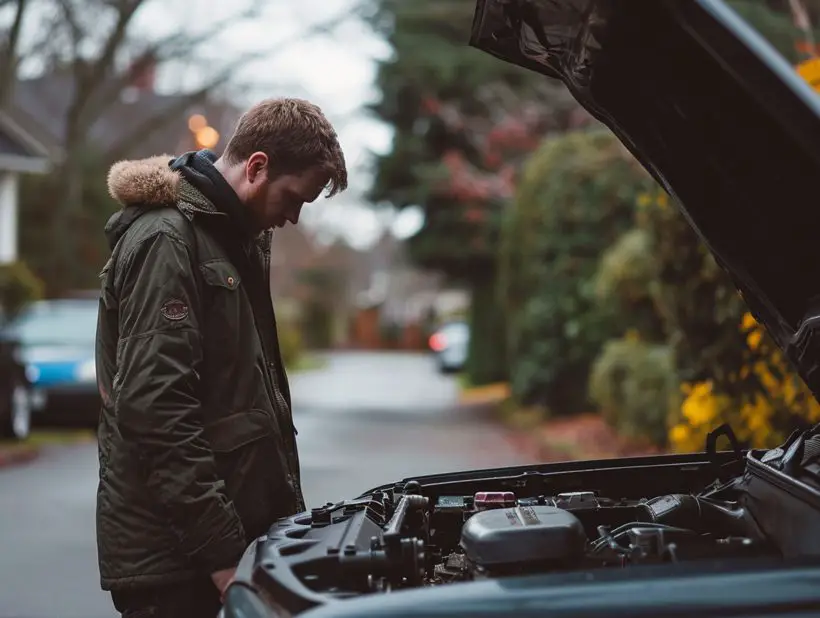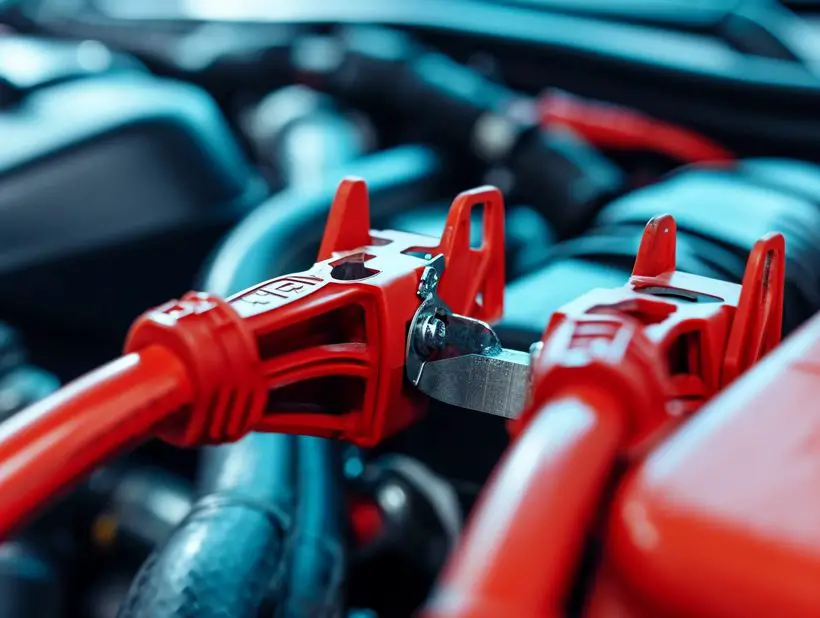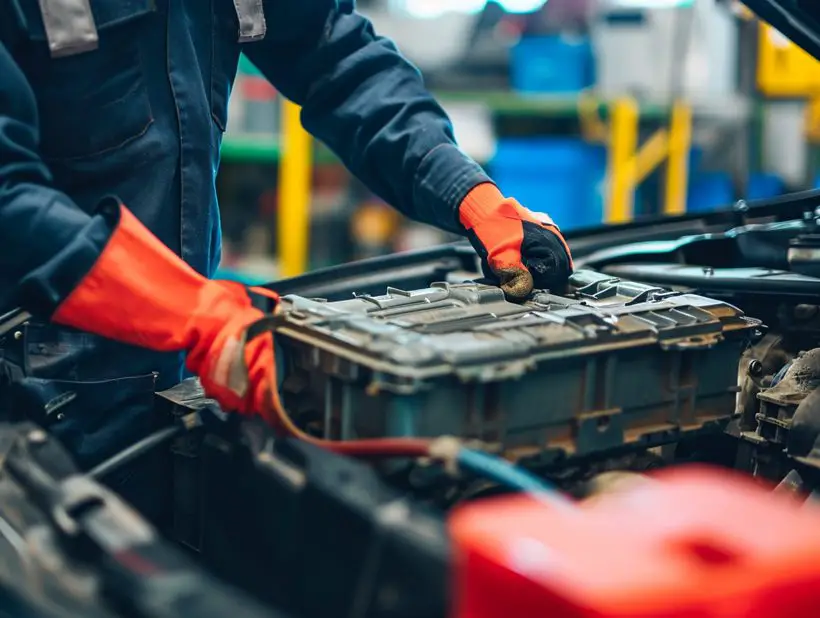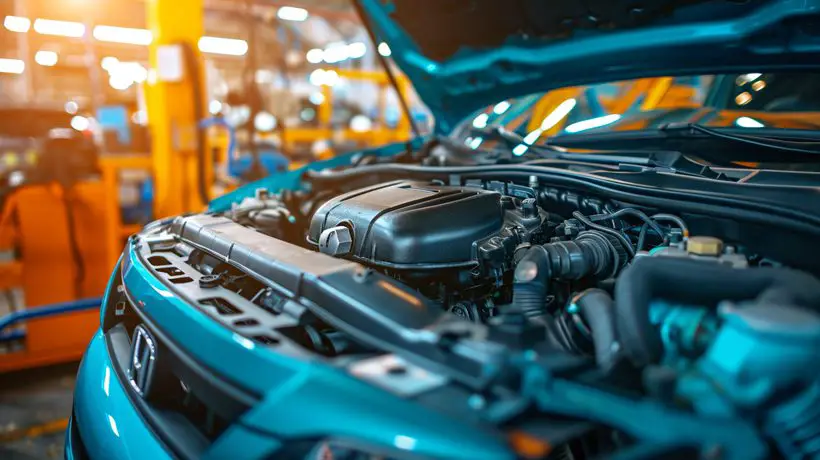We’ve all been there: you turn the key in the ignition and are met with a series of clicks, but the engine won’t roar to life. It’s frustrating, and it can throw a wrench in our day’s plans. But don’t worry, we’re here to help you troubleshoot these no crank conditions and get back on the road.
Understanding why your car’s engine clicks but won’t start is the first step in solving the mystery. We’ll guide you through common causes and how to identify them. Whether it’s a dead battery or a faulty starter, we’ve got the insights to pinpoint the issue.
Common Causes of No Crank Conditions
When we turn the key in the ignition or press the start button and are met with nothing but an audible click, it’s typically a sign of specific malfunctions within our vehicle’s starting system. The reasons for no crank conditions can range from simple to complex. Let’s delve into the most common culprits:

Dead or Weak Battery
A drained battery is the leading cause of no crank situations. It lacks the necessary charge to power the starter motor which is essential in firing up the engine. Several factors could lead to a dead battery:
- Lights left on
- Aged battery losing its capacity to hold a charge
- Faulty charging system
We can check the battery voltage with a multimeter, where a reading below 12.6 volts can indicate a charging issue.
Faulty Starter Motor

Another prevalent cause is a defective starter motor. This component requires enough electrical power and proper mechanical engagement to turn the engine over. Symptoms of a failing starter include:
- Frequent clicking sounds
- The starter motor runs, but the engine does not start
Corroded or Loose Electrical Connections
Corrosion or looseness at the terminal connections can prevent the proper flow of electricity. Frequent checks and cleaning can prevent these issues.
Defective Ignition Switch
Our ignition switch may fail over time due to wear and tear, leading to the interruption of the starter signal.
Security System Malfunction
Modern cars are equipped with sophisticated security systems and if one of these systems is not functioning correctly, it can prevent the engine from cranking as an anti-theft measure.
By understanding these common causes, we’re better equipped to troubleshoot no crank conditions in our vehicles. Regular maintenance and prompt attention to the aforementioned issues can save us time and the inconvenience of unexpected starting problems.
Next Steps for Troubleshooting
With the likely reasons identified, we need to systematically test these components. Beginning with the easiest and moving to the more complex, we can save time and possibly avoid an unnecessary trip to the mechanic. The next section of our guide will detail the troubleshooting steps that correspond with each of these potential problem areas.
Checking the Battery
When faced with a situation where the engine clicks but won’t start, the first thing we should inspect is the battery’s condition. The battery is the heart of the car’s electrical system, providing the necessary power to start the engine and keep electronic components running.

To assess if the battery is at fault, follow these steps:
- Inspect the Battery Terminals: Look for any signs of corrosion, dirt, or looseness. Corrosion can be identified by a white or blue powdery substance on the terminals. Clean any corrosion using a wire brush and make sure connections are tight.
- Check the Battery Voltage: Use a multimeter to measure the voltage across the battery terminals. A fully charged battery should read around 12.6 volts when the car is off. If the voltage reads below 12.4 volts, the battery may not have enough charge to start the engine.
To provide a clear understanding of voltage levels and corresponding battery conditions, here’s a simple table:
| Voltage Reading (V) | Battery Condition |
|---|---|
| 12.6 – 12.8 | Fully Charged |
| 12.4 | Partially Charged |
| Below 12.4 | Discharged or Weak |
- Perform a Load Test: This test examines how well your battery can hold a charge under load. Most auto parts stores offer this service for free. Alternatively, a battery load tester can be used if available.
A battery with a good charge and clean connections should normally crank the engine without issue. If the battery tests are all positive but the engine still fails to start, the battery is likely not the culprit. We’ll then move on to the next components in the starting system, ensuring we’re thorough in our troubleshooting process. Remember, maintaining the battery by keeping terminals clean and checking voltage levels periodically can prevent unexpected no-start issues.
Testing the Starter
Once we’ve determined that our battery is in good health, the next step in troubleshooting why an engine clicks but won’t start is to test the starter motor. The starter is a crucial component that cranks the engine, and a malfunction here could be the culprit behind the issue.
To begin with, let’s locate the starter motor. In most vehicles, it’s found at the lower part of the engine block. Here‚Äôs what we’ll do to test it:
- Listen for the Click: When we turn the key in the ignition or push the start button, listen for a distinct clicking sound from the starter. It indicates the starter solenoid is receiving power but may not be engaging correctly.
- Check the Starter Circuit: We’ll ensure all connections to the starter are tight and free from corrosion. Any loose connection could lead to insufficient power reaching the starter.
- Bypass the Relay: For a more direct test, we can bypass the starter relay. Using a screwdriver, we’ll bridge the connection on the solenoid to see if the starter motor turns. Exercise caution here; this step should be performed by someone familiar with car mechanics or by a professional.
- Tap the Starter: Sometimes, gently tapping the starter with a hammer can free a sticking solenoid or gear. If the car starts after tapping, it’s likely that the starter is failing and needs replacement soon.
- Voltage Drop Test: For a more detailed assessment, a voltage drop test on the starter circuit may reveal resistance problems or a failing starter motor.
| Test Point | Ideal Voltage Drop |
|---|---|
| Battery to Starter | Less than 0.5V |
| Starter to Ground | Less than 0.5V |
If we find that the starter motor is indeed the problem, replacing it should resolve the starting issue. It’s important to ensure that we get a compatible starter motor and that the installation is handled properly to avoid any further complications. Regular checks and maintenance can extend the life of our starter motor, helping us avoid being caught off guard by a no-crank condition.
Inspecting the Ignition Switch
When we turn the key in our vehicles, we expect the engine to come alive without hesitation. But what happens when we’re met with nothing more than a click? The ignition switch could be the culprit. This critical component is responsible for sending the battery’s power to the starter motor. Here’s how we can inspect it to ensure it’s functioning as it should.

Signs of a Failing Ignition Switch
- The car stutters to start, or doesn’t start at all.
- Dash lights flicker or fail to light up when the key is turned.
- The switch feels unusually hot to the touch.
If we’re experiencing any of these issues, it’s time to check the ignition switch. However, this process can be intricate and should be approached with due diligence.
Steps for Inspecting the Ignition Switch
- Safety First: Disconnect the battery to prevent any electrical shocks or short circuits.
- Access the Ignition Switch: This often involves removing the steering column covers‚Äîconsulting the vehicle’s manual for specific instructions is essential.
- Visual Inspection: Look for obvious issues such as burnt areas, loose wires, or corrosion. These can often be hints at the heart of the problem.
- Test the Switch Continuity: A multimeter comes in handy here. We’ll check if there’s continuity when the key is turned to the start position. If results vary from the norms outlined in the service manual, it’s likely the switch needs replacing.
It’s important to handle these components with care, as modern vehicles often contain advanced electronics tied to the ignition system. Faulty installation or a misdiagnosis could lead to more serious issues down the road.
Many drivers aren’t familiar with their vehicle‚Äôs electrical diagram, which is crucial when diagnosing issues like these. If we are unsure or uncomfortable performing these checks ourselves, seeking the help of a professional is the safest route. Remember, a functional ignition switch is one of the pillars of a trouble-free start-up, making it all the more vital to address any irregularities immediately.
Evaluating the Fuel System
When we turn the key and hear that dreaded click without the engine starting, it’s time to check the fuel system. The fuel system is responsible for delivering gasoline from the tank to the engine, and any hiccup along this path can result in a no-crank condition.
First, assess the fuel pump. If we don’t hear the fuel pump’s familiar humming sound when we turn the ignition to the “On” position, the pump may be at fault. A silent pump indicates it’s not engaging, and the engine won’t receive fuel. To verify pump operation:
- Listen for a hum in the fuel tank area when the key is turned to the “On” position.
- Check the fuel pump fuse and relay for any damage or malfunction.
- Perform a fuel pressure test with a gauge to ensure the pump delivers the correct amount of pressure.
Next, inspect the fuel injectors. Clogged or faulty fuel injectors can prevent fuel from mixing with air properly.
- Visually check for any blockages or signs of wear and tear.
- Use a multimeter to test the injectors’ electrical resistance; abnormal readings could point to an issue.
Another culprit could be the fuel filter. A clogged fuel filter can severely restrict fuel flow to the engine. Regular replacement of the fuel filter per your vehicle’s maintenance schedule is an easy way to prevent this from becoming a problem.
Lastly, the fuel lines themselves could be compromised. Check for:
- Kinks or bends that obstruct fuel flow
- Leaking lines that could prevent proper pressure build-up
It’s essential to approach fuel system issues with care due to the flammable nature of gasoline. If we’re not confident in handling these components safely, it’s best to seek professional assistance. Regular maintenance and being attentive to the health of the fuel system can go a long way in preventing unexpected starting issues.
Conclusion
We’ve equipped you with the knowledge to tackle the perplexing issue of an engine that clicks but refuses to start. Remember, regular maintenance is key to preventing such problems. If you’re ever in doubt or the task seems daunting, don’t hesitate to call on a professional. With the right approach, you’ll have your vehicle up and running smoothly in no time. Stay vigilant and your engine will thank you with reliable performance.
